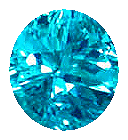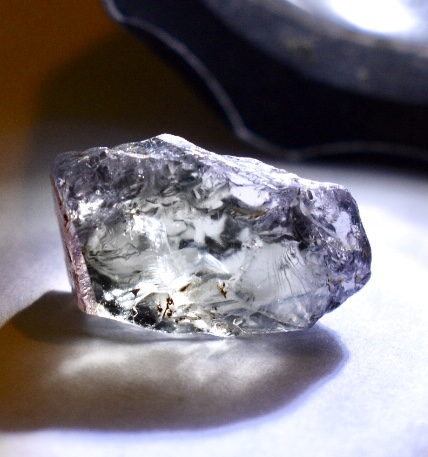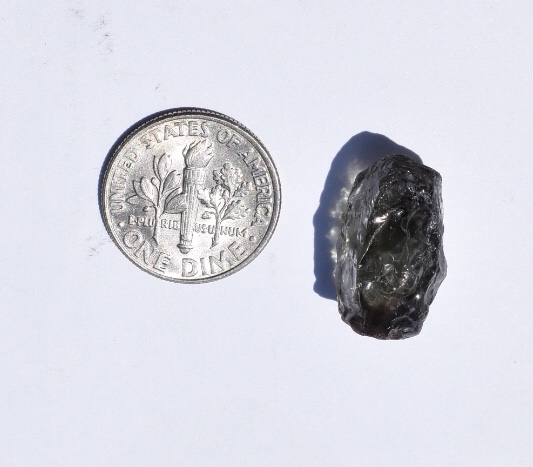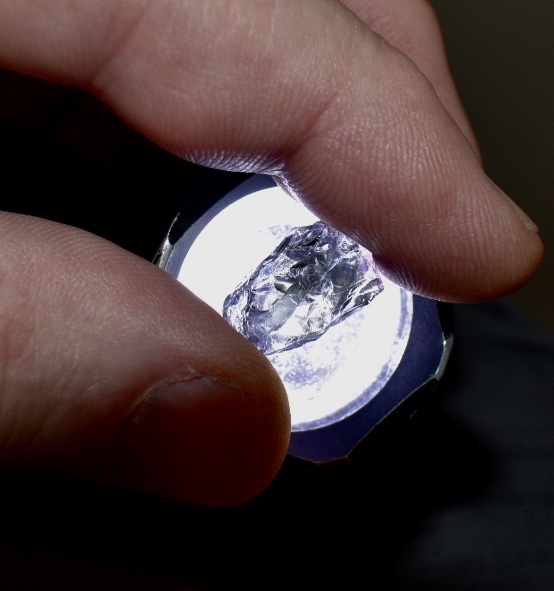I’m not arguing. I only know what I can read, and that’s why I ask the question. Here is what I can read on the IGS website.
In 1988 exceptionally bright colored tourmalines were discovered in Paraíba, Brazil. It was determined that they were elbaite tourmalines and the intense coloring was due to copper. They also contained manganese and often a bit of bismuth. These stones generated great excitement and prices soon went over $20K per carat.
Soon after the original discovery, similar tourmalines were found in Brazil’s Rio Grande Do Norte state, just north of Paraíba state. This new find was also described as “paraíba tourmaline.”
In 2001, more copper colored tourmalines were discovered in Nigeria. Generally, the Nigerian gemstones were not as vivid as those from Brazil, although the range of colors did overlap. With the proper equipment, the Nigerian material can be distinguished by its lead content, which the Brazilian material lacks.
A couple years later, still more copper bearing tourmalines were discovered, this time in Mozambique. Their colors are much closer to those of the Brazilian, but their chemical composition is much more complex, with varying amounts of copper, magnesium, lead, and bismuth. A large number of these tourmalines do not contain any lead and have compositions that overlap those of the Brazilian tourmalines.
The Name Game – What is a True Paraíba Tourmaline?

From the beginning, the trade labeled these Paraíba tourmalines. The Rio Grande Do Norte tourmalines were also called paraiba.
Naming the Nigerian gems was a bit of a problem. Many would like to have them called “paraíba like,” or “Cu or copper bearing” tourmalines. Unfortunately, a lot of the Nigerian material was mixed with the Brazilian early on and the distinctions were confused. Next we had the addition of the Mozambique stones. These were commonly called “paraíba tourmalines from Mozambique.”
The chemical differences between the sources are so slight that it is often impossible to determine the origin. Visually, the best samples from Nigeria or Mozambique had colors that were as vivid as the ones from Brazil.
In 1999, before the Nigerian discoveries, the World Jewellery Confederation, (CIBJO,) modified their rules, allowing “paraíba” as a valid trade name. Traditionally, minerals often receive their name as a reference to the place where they were first encountered, so calling all the copper bearing elbaite tourmalines “paraíba” was easily accepted.
In February this year, (2006,) at the International Gemstone Industry Laboratory Conference the term “paraíba tourmaline” was adapted as a variety name, regardless of geographic origin. In April, the International Laboratory Manual Harmonization Committee also accepted the new terminology.
As a result of these recent events, most international gemological laboratories are calling all copper containing elbaite “paraíba tourmaline.” Many lab reports note that this is a variety name and does not necessarily denote origin.
The American Gem Trade Association, often at the front of ethical issues, has revised their reporting procedures. As of June first, AGTA reports will contain the following information:
- SPECIES: Natural elbaite tourmaline
- VARIETY: Paraíba tourmaline
- ORIGIN: the source, (if known,) or not determined
- COMMENTS: the variety name paraíba is derived from the locality in Brazil where it was first mined. its geographical origin has not been determined and therefore could be from Brazil, Mozambique, Nigeria or another locality.
And this from a different source. (There are many others of the same opinion.)
In 2006, the LMHC (Laboratory Manual Harmonization Committee) agreed that “Paraiba” should refer to a type of tourmaline, and not indicate a geographic origin. The term “paraiba” should not be capitalized (as it is in the name of the Brazilian state). Therefore, the term “paraiba tourmaline” may now refer to gems found in Brazil, Nigeria, and Mozambique, and in other places where new deposits of copper-bearing tourmaline may be found in the future.



